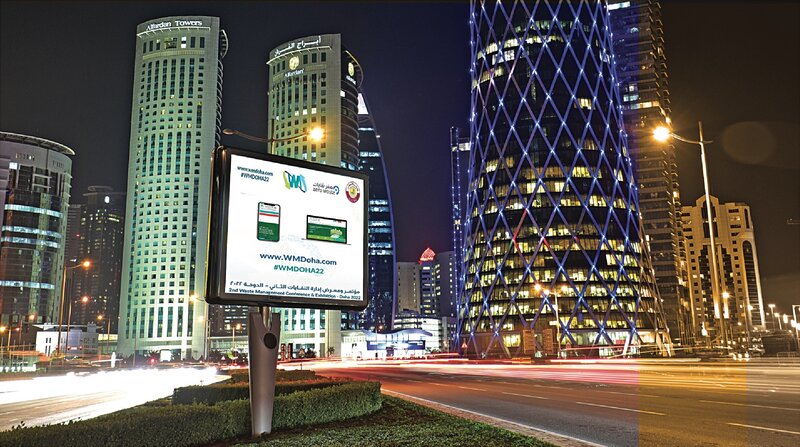Qatar’s Ministry of Municipality recently launched the second edition of its advertisement guide, the ‘guidebook of planning and organisational conditions and the procedures for the means of media and advertisement in Qatar’.
The guide is a valuable asset in introducing the terms and conditions regulating the types and levels of different forms of media and advertising. This can be whether they are within or outside the boundaries of the ownership domain, or are independent on their own. It is one of the most important strategic projects implemented by the Ministry within its strategic plan, and also adheres to Qatar National Vision 2030.
Understanding the terms of this guidebook will contribute towards ensuring both the public and private sectors use advertisements in a manner that maintains the cultural identity of the country and causes no harm to either its surroundings or to motorists and pedestrians. The guidebook determines the distances between the advertisements and their integration with surrounding buildings. It also includes the documents required for the electronic advertising licensing system; this can be to issue, renew or cancel an advertising licence.
Advertisement guidelines
Under the new rules, it is prohibited to place an advertisement without first obtaining a licence for it from the respective municipality, paying all relevant charges and the security deposit.
Advertising is termed as fixed, portable, traditional, e-signage, whether temporary or permanent, however excludes advertisements in newspapers, magazines, journals, websites, radio, television, and cinemas.
Advertisements in any form are banned from being placed, stuck, hung or constructed at places of worship, establishments and buildings of archaeological or historical nature and their surrounding walls, trees and plant containers, and traffic signboards and signals.
Visually, the signboards must be balanced between Arabic and English texts, with accurate translation.
It is permissible to choose certain patterns according to the different urban areas.
The General Directorate of Traffic has said that advertisements should not hinder the flow of vehicles on the road or impact on pedestrian wellbeing. The design of the advertisement should not be in any way similar to the traffic signals and signage in term of size, colour and shape.
Meanwhile, the Public Works Authority (Ashghal) requires that roadside advertising must conform to the design plan of the street and cannot affect any of the infrastructure.
Licencees must fulfil all necessary requirements before placing any advertisement or signage. Civil Defence states that advertisements should not block the ventilation areas in the building or the surrounding buildings or the emergency exits.
The guidebook can be found at mm.gov.qa; it is currently in Arabic only.
Author: Sarah Palmer
Copyright © Marhaba Information Guide. Reproduction of material from Marhaba Information Guide’s book or website without written permission is strictly prohibited. Using Marhaba Information Guide’s material without authorisation constitutes as plagiarism as well as copyright infringement.









